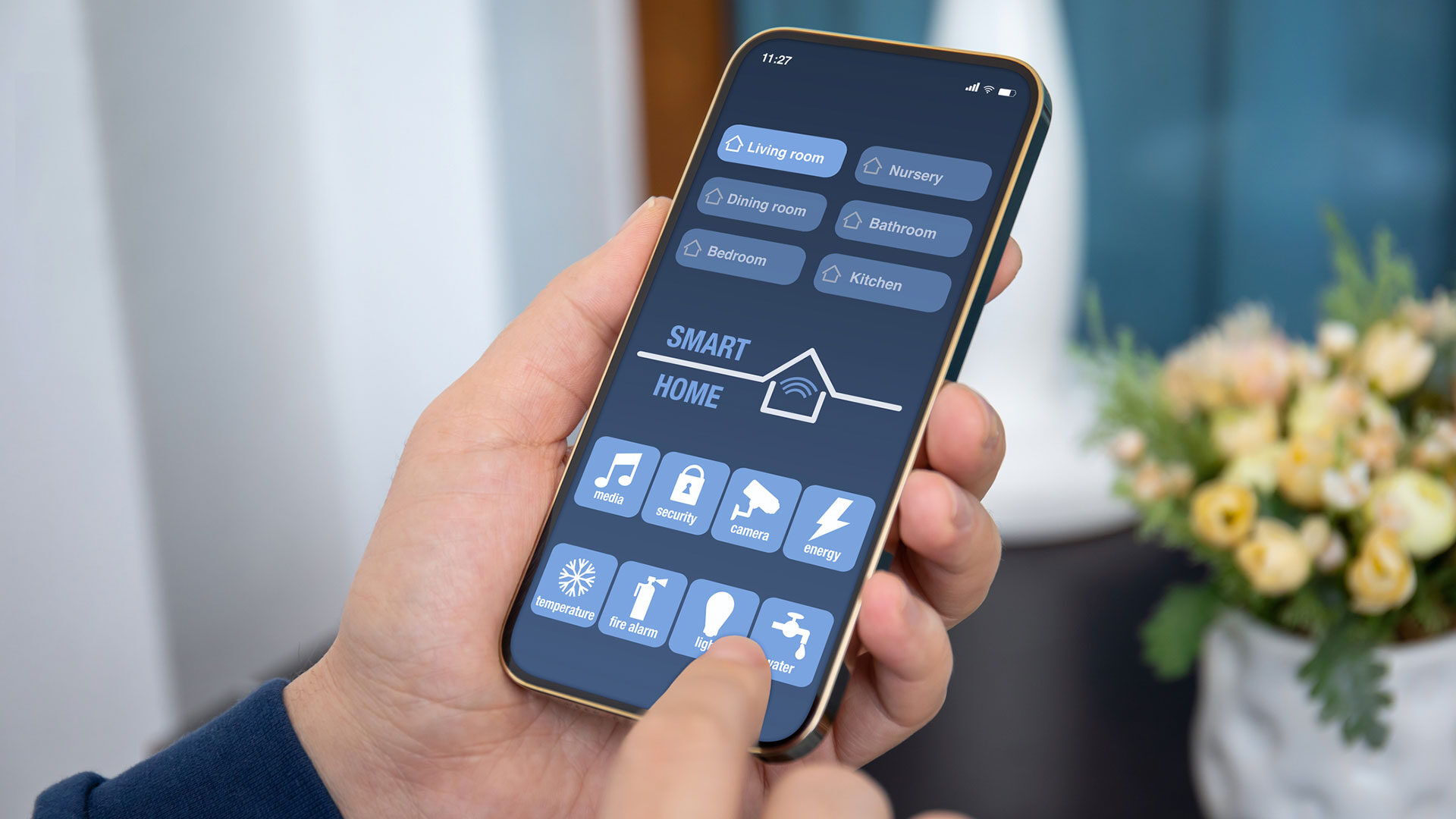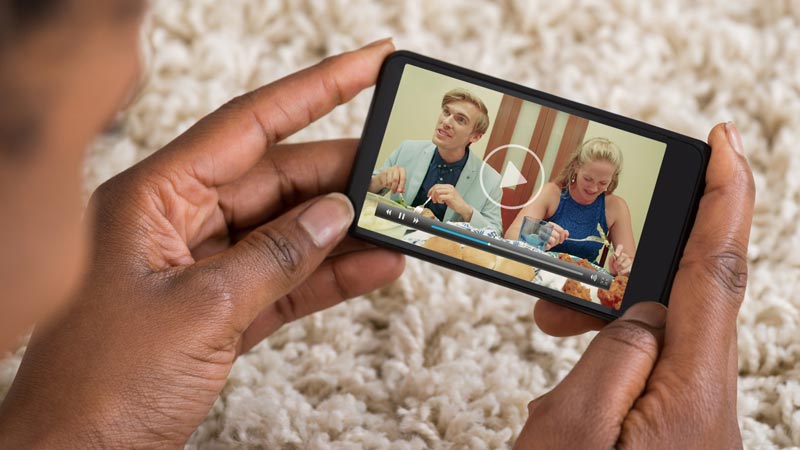Brands and consumers must be prepared for the influx of smart data, and understand how it’s going to change the way they interact with each other.
The future is here. Robots are walking, houses are talking and some of the largest companies in the world have a digital copy of our fingerprints. We may need oxygen to breathe, but brands will need smart data to live.
Right this second, millions of electronic messages are circling throughout the air and into the hands of major brands, changing how consumers choose to interact with them. Both brands and consumers must share an understanding of how smart data is changing the way we think, and the deeper implications people may feel in response.
Thinking beyond the black mirror
From the car screen to the Apple Watch, black mirrors (aka screens) are an essential part of our day-to-day life. However, they might be losing traction as brands adjust to the consumer preference for interactive tech instead.
In this day and age, consumers have a lot of screens to pay attention to. Sure, consumer groups like Gen Z are able to balance multiple screens from a young age. But research has proven that consumers are also feeling a longing for better productivity and need to find what they are looking for at a faster rate, instead of falling into the depths of mindless scrolling.
Not only are the number of screens overkill, but the information available is overwhelming. With new algorithms for media consumption and the need for everything and everyone to have an online presence, the search for information is harder than ever.
Think about the rise of more interactive communication and the post-text future, where podcasts take over blogs, wearables take over laptops and phones, Siri takes over Google search and YouTube takes over cable TV. Screens might be here to stay, but the ones that get the job done are the ones that listen to you, talk to you and provide you with the information you’re looking for at a faster rate.
Enter the virtual assistants.
Choose your alliance
“Smart House” is not just a Disney movie; it’s a reality. House hunting now includes the search for your favorite virtual assistant, eliminating time wasted searching for answers on a screen. Brands like Google and Alexa allow you to build your own smart home.
Need to know something fast? Just ask your own virtual secretary — you will get one answer. Instead of scrolling through the depths of online shopping sites, consumers can push an Amazon Dash Button on their fridge to order household products or sign up for automatic grocery delivery through subscription boxes.
However, the interfaces are not compatible, meaning consumers will begin to choose their alliances, bringing the importance of brand attachment to the forefront.
Biometrics, AI and robots
According to Merriam-Webster, biometrics is “the measurement and analysis of unique physical or behavioral characteristics (such as fingerprint or voice patterns) especially as a means of verifying personal identity.” Aka Touch ID, facial recognition, retinal recognition and more.
Biometrics and anthropomorphism are the new focuses of marketing. With the rise of artificial intelligence, we have continued to attribute human characteristics to digital functions as a means of improving interactions between consumer and brand. Retailers specifically are seeing growth in the importance of incorporating biometrics and virtual assistance in an app to make the experience faster and easier for the customer.
A retail experience using biometrics might include the consumer logging in upon entry to the store by facial or thumbprint ID. The shopper might then receive offers and suggestions based on personal preferences. Though futuristic, these possibilities for the new customer journey are not far away.
The in-store experience is now a whole different ballgame. Brands like Rebecca Minkoff have incorporated Smart Mirrors in the dressing rooms, in which the mirror recognizes what clothing the customer has on and gives a virtual preview of what the brand’s clothing would look like on the customer’s body. Adidas’ flagship store uses a data tool that measures how a customer walks and then suggests the best shoes based on the data. Sephora’s Boston store scans the surface of your skin and suggests recommendations for makeup based on that information.
According to Worldpay, 63 percent of consumers want to be able to use a biometric scan to authorize payments in-store, and when it comes to dining out, 65 percent say they’d rather pay a robot than spend time flagging down a waiter — similar to the new Amazon Go grocery experience.
It’s almost like we love the concept of people recognizing our thoughts, wishes and desires — we just don’t want them to be people. We want them to be robots.
Introducing the ‘Data Lawyer’
The importance of smart tech is not a new concept — but the way it’s used is. The big question to consider is simple: Why? Why would it make people nervous to do this for government needs, but with Apple it’s okay?
A study on travel by American Express found that 83 percent of millennials would let brands track their digital travel patterns if this would provide them with a more personalized experience.
Consumers’ trust for brands and smart technology is growing to be on the same level as with a friend or family member.
At the same time, brands that crumble from any PR crises or recalls might be dead and gone in a matter of seconds, as consumers have to commit to those they give their trust to. Brands need to be careful with how they use such personal data. With AI, it’s important to consider how much is too much, how much is too creepy and how much is just downright annoying to the consumer.
Will a new profession evolve from the introduction of this data knowledge? Maybe there will be a rise in “Smart Data Lawyers” — who may just be the lifeline for both brands and consumers as the incorporation of cutting-edge technology grows.
Conclusion
As this technology evolves, so must the understanding of how it all works.
Brands that see success will do so because they’ve created futuristic, interactive experiences from smart data technology, and have earned consumers’ trust with that information.



